Technology
Frameworks
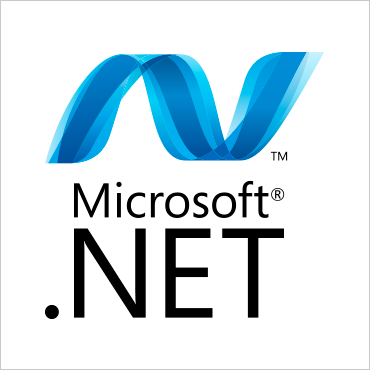
.NET
.NET (pronounced “dot net”) is a framework software that is popular with the business community because it has built-in features and security controls. Developed by Microsoft, .NET runs primarily on Microsoft Windows and is composed of two elements: a class library and a Common Language Runtime, known as a CLR. The software comes with a large library and allows code to be written in other languages. Working on a software environment, as opposed to a hardware environment, .NET uses an application that provides services such as security, memory management, and exception handling.
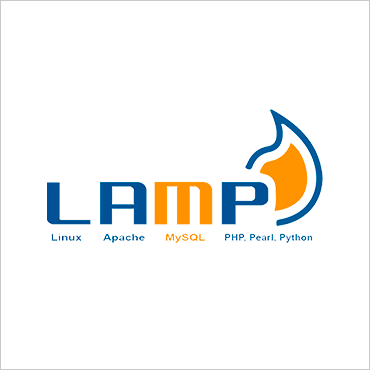
LAMP
Thanks to “free” software, LAMP is popular among social media, sharing, and other websites. Standing for Linux, Apache HTTP Server, MySQL (which is database software that is sometimes called MariaDB) and Perl (although sometimes PHP or Python) LAMP is a solution stack of free, open-source software. LAMP uses its four principal components to build a web server that is useful for general purposes. Combining the strengths of each element, it is relatively simple and easy to use.
Databases
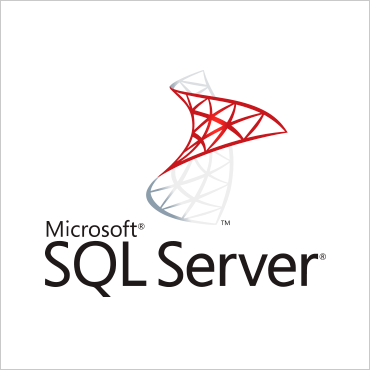
Microsoft SQL Server
Because it has so many powerful features, we love working with SQL Server. It’s a beast of a program and almost all of our projects take advantage of this excellent software. Its primary function is to store and retrieve information, which can be done on the same computer or one running across a network. There are many different editions of the Microsoft SQL Server software, with a variety of uses and applications. Aimed at different users, these editions range from small applications that function on a single computer to systems that can be accessed by millions of users on different computers to access a massive amount of data.
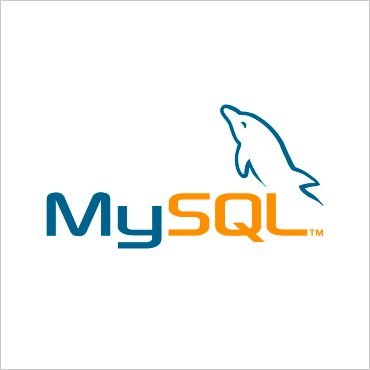
MySQL
MySQL is one of the most common technologies used by our team. With a low cost, flexible uses, and relative simplicity, MySQL has become one of the most popular databases in the world, and almost all of our PHP projects use MySQL. The program is a relational database management system that has no graphical tools to administer, making it easier to access and implement. MySQL is used by Google (just not for searches), Facebook, WordPress, Twitter, and other popular websites.
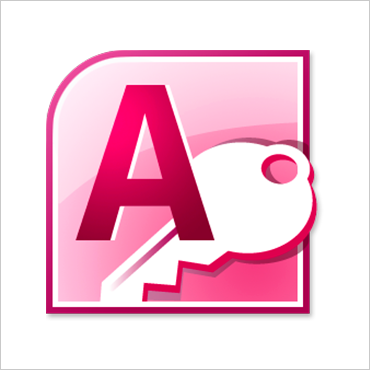
Access Conversions
When companies grow tired of the limitations and speed issues with Access, we help them convert their existing Access program into a fully functional web application OR we construct a SQL Database where they can get more mileage out of their current Access program.
It all depends on your unique situation. Tell us what you want to do and we will make a recommendation based on your specific needs.
Big Data Technologies

Apache Cassandra
Apache Cassandra is an open source distributed database system that is a de-centralized / fault tolerant DB platform for large data sets. In plain English, you can take advantage of storing massive amounts of information over many inexpensive cloud servers – and perform all these server hogging tasks in a way that if something ‘breaks’ – the system will essentially self-correct itself. Also, you can add more servers / remove servers and without downtime or interruptions. Cool stuff.

Hadoop
This is a “big data” framework best used if you want to move a lot of data in real-time or process huge jobs. In a nutshell, Hadoop allows you to string clusters of servers together and assign big workloads to be processed efficiently and wait for it… cost effectively.
Apache Hadoop is an open-source software framework that supports data-intensive distributed applications, licensed under the Apache v2 license. It enables applications to work with thousands of computation-independent computers and petabytes of data. Hadoop was derived from Google’s MapReduce and Google File System (GFS) papers.

HBase
HBase is a program that can store sparse data sets in columns. It has a built-in fault tolerant method, which is required when you connect lots of data sources. HBase is written in Java, and it is essentially an open-source, non-relational, and distributed database that is similar to Google’s Big Table. Fundamentally, HBase provides BigTable-like capabilities for the Hadoop system, in that the large quantity of data is made available in a reliable fashion.
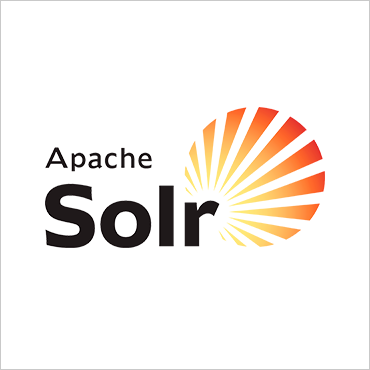
Solr
Solr is an enterprise level search platform used for large data sets. It has very powerful full text search, database integration, and document handling to name a few key features. The unique advantage that Solr gives you is that you can distribute the search / indexing across many commodity servers, thus making it possible to perform expansive search queries.
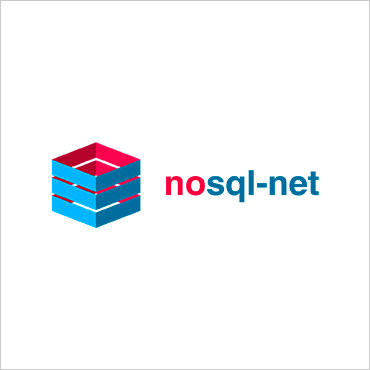
NoSQL
NoSQL database operations were created by large Internet properties with some really serious data storage and retrieval needs. There are many differences but the top 4 differences between NoSQL databases and traditional databases are:
- NoSQL scales horizontally which allows for storing and retrieving massive amounts of data.
- NoSQL can reduce run times significantly (1 second vs. hours).
- NoSQL is fault tolerant; which enables multiple servers to be scaled up or down.
- NoSQL stores data in unrelated ‘collections’ (not relational columns and rows).
So, if you have a ton of data and need results returned back in seconds, then you want a NoSQL solution. If you don’t have terabytes of data or massive jobs to crunch, you will probably be better suited with a more traditional SQL approach. Either way, we can help.
Coding Technologies
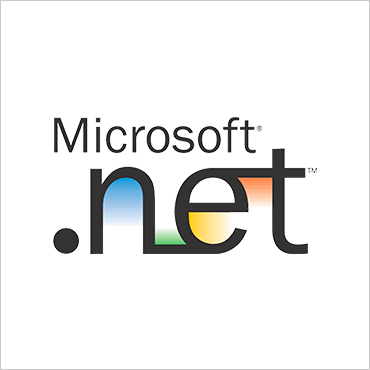
ASP.NET
This web application framework is a common tool used by our team. Because of its structure and scalability, ASP.NET is implemented to build systems for a wide range of clients. Developed and marketed by Microsoft, this system was originally released in early 2002 and is based on the Common Language Runtime, which allows our programmers to code using any supported .NET language. Many businesses or large organizations may prefer the consistent structure and scalability of this platform.

PHP
Designed to produce database-driven websites, PHP is an open-source software that can run on a variety of websites. This general-purpose scripting language is used on the server side to create dynamic websites. It’s one of the first scripting languages to be embedded directly to the HTML source, as opposed to calling an external file for processing data. With a PHP processor, a web server can interpret the data to generate the resulting page. Database driven sites using PHP tend to be less expensive to maintain as an added benefit.
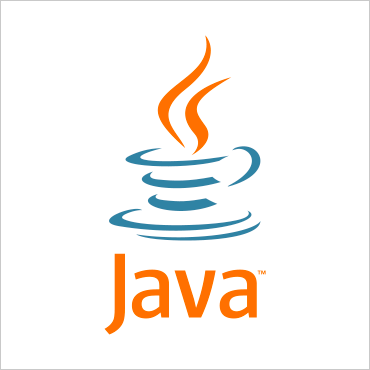
Java
Java’s #1 claim to fame is cross-platform portability. You can write it once and run it everywhere. This general-purpose, concurrent, class-based, object-oriented programming language was first released in 1995 as a core component for the Java platform. It was designed with the intention of having as few implementation dependencies as possible. To put it another way, it was designed to be independent and versatile, allowing it to work on any platform. The strategy has paid off, as over 10 million users reportedly use Java.
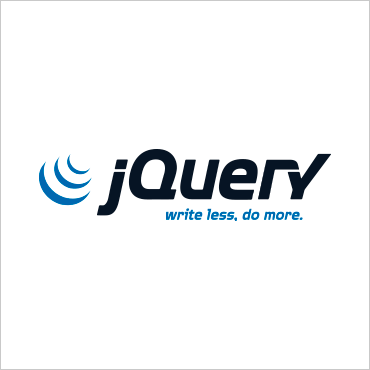
jQuery
If you want to add animation and interactive features to your webpages, but you don’t want to use outdated Flash technology, then jQuery is a great choice. Licensed under the MIT License, jQuery is designed to make functions easier, including the navigation of documents, selection of DOM elements, creation of animations, handling events, development of jQuery applications, and the creation of plug-ins for the JavaScript library.
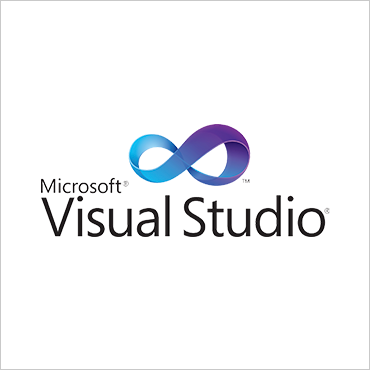
Visual Basic
This object-oriented computer programming language is often seen as the evolution of classic Visual Basic, which was used on the .NET framework. There are currently two main editions offered by Microsoft. Microsoft Visual Studio 2010 is for commercial use, and Visual Basic Express Edition 2010 is free software that can be useful for anyone, but comes with command-line compiler, which comes as part of the free software.

C#
C# (pronounced “see sharp”) is a more advanced and resilient scripting language that is designed to be simple and modern. The program is a multi-paradigm programming language which encompasses many disciplines, including strong typing, declarative, imperative, generic, functional, and component-oriented programming. As one of the programming languages designed for the Common Language Infrastructure, C# was developed by Microsoft and works within the .NET initiative.
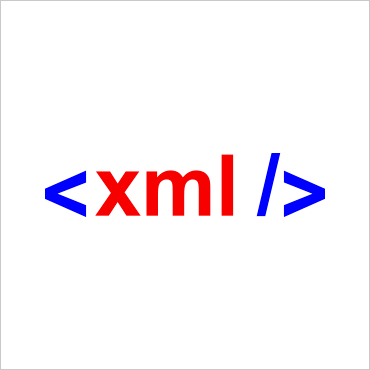
XML
Emphasizing simplicity and ease-of-use over the internet, XML allows two software systems to communicate effectively. It produces a human and machine readable format, which makes it very useful for web services. This textual data format has strong support through Unicode for the languages of the world. XML was designed for use in documents, but is also used in data structures like web services for most large web properties.

AJAX
AJAX makes the web experience better for users by loading and sending data without having to refresh the browser. AJAX is actually a group of technologies, not a single technology. AJAX uses many components, including HTML, CSS, DOM, JavaScript, and XMLHttpRequest. Together, these technologies combine to make AJAX an effective tool for smooth, seamless web browsing.
Mobile
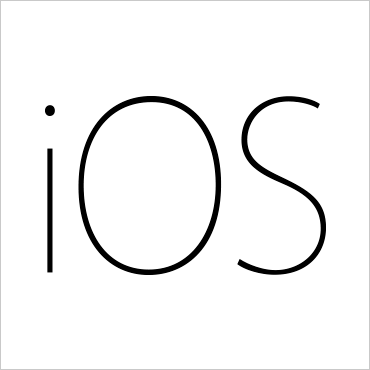
iPhone/iPad: iOS SDK
Our developers use iOS, which was previously known as iPhone OS, to create iPhone and iPad applications. It is a mobile operating system developed and distributed by Apple, and was released in 2007. Although it was built exclusively for iPhone and iPod Touch, it is now used on many Apple devices, including the iPad and Apple TV products.
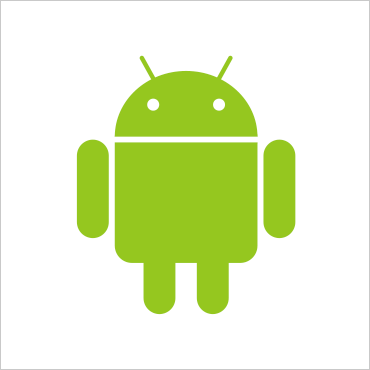
Android/Android Tablet: Android SD
Android Software Development, or Android SD, is how new applications are developed for the Android operating system. When our developers create an application for an Android smartphone or tablet, they use Android SD. While other tools are available for creating applications, most are developed in the Java programming language with the Android Software Development Kit.

“We aim to build things right the first time. You deserve peace of mind, so we guarantee our work. Period.”
- Dan Reynolds, Founder We Build Databases -
Before we write a single line of code, we make sure we understand your data challenges so we can build a solution that meets your specific needs. From the software look and layout to the coding and the framework that supports it.











